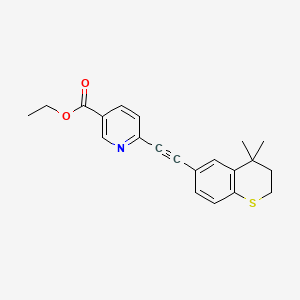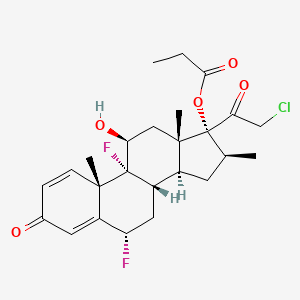Osimertinib improves progression-free survival compared to standard first line therapy in Asian patients with EGFR-mutated non-small-cell lung cancer (NSCLC), according to the Asian subset analysis of the FLAURA trial presented at the ESMO Asia 2017 Congress, sumultaneously published in The New England Journal of Medicine.
EGFR mutations occur in 30-40% of NSCLC in Asian populations compared to 10-15% in Western populations. The phase III FLAURA trial compared osimertinib, a third generation EGFR-tyrosine kinase inhibitor (TKI), to standard of care EGFR-TKIs (erlotinib or gefitinib) as first line therapy in NSCLC patients with EGFR mutations. A total of 556 patients from Asia, Europe, and North America were randomized 1:1 to treatment with osimertinib or standard of care. Osimertinib improved progression-free survival by 54%.
This subset analysis included the 322 Asian patients in the FLAURA trial, of whom 46 were Chinese, 120 were Japanese, and 156 were from other parts of Asia.
The median progression-free survival was 16.5 months with osimertinib compared to 11.0 months for the standard therapy, with a hazard ratio of 0.54 (95% confidence interval, 0.41-0.72; p<0.0001).
The median duration of response was two-fold higher for patients treated with osimertinib (17.6 months) compared to standard of care (8.7 months). The overall response rate was 80% with osimertinib compared to 75% with standard of care treatment. Median overall survival was not reached. The incidence of grade 3 or higher toxicities was lower for osimertinib (40%) than the standard treatment (48%).
Lead author Professor Byoung Chul Cho, Yonsei Cancer Center, Seoul, Korea, said: "As in the overall trial population, osimertinib provided a significant progression-free survival benefit in Asian patients with EGFR-mutated NSCLC. Asian patients had similar toxicities with osimertinib as the overall FLAURA population. Osimertinib should be the preferred first line treatment for EGFR-mutant NSCLC in Asia."
Commenting on the findings Professor James CH Yang, Chairman, Graduate Institute of Oncology, National Taiwan University College of Medicine, Taipei City, Taiwan, said: "The results of this subset analysis are quite compatible with the findings in the overall population presented at the ESMO 2017 Congress in Madrid. We can therefore conclude that osimertinib can be considered as the standard of care for the first line treatment of Asian advanced NSCLC patients with EGFR mutations."
"The proportion of patients having adverse events that caused them to stop taking osimertinib was similar in the overall (13%) and Asian (15%) populations," added Yang. "We tend to think osimertinib is a well tolerated drug so these discontinuation rates were surprisingly high and need further investigation."
Yang continued: "Although there was no statistical difference between the hazard ratios for progression-free survival, it was numerically lower in non-Asians (0.34) compared to Asians (0.54). There is an ongoing debate as to whether Asian and non-Asian patients with EGFR mutations have distinct responses to EGFR-TKIs. This might be due to variations in clinical practice rather than biology. A meta-analysis of all relevant studies could shed light on this issue."
"It will also be important to know whether Asian and non-Asian patients in the FLAURA trial with brain metastases had similar outcomes," said Yang.




 tazarotene
tazarotene 





